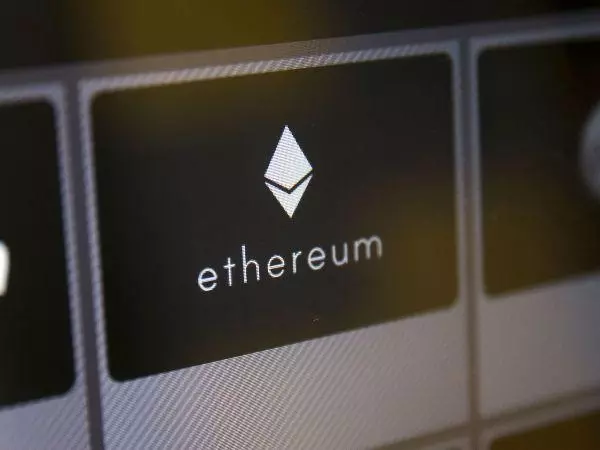Ethereum sell-off stalls as whales accumulate and BitMine faces $3.7bn losses
Ethereum continues to trade under pressure after a 40% slide since October, even as major investors accumulate over $1 billion in ETH and corporate giant BitMine battles billions in unrealised losses.

Ether update
Ethereum (ETH) has been navigating a complex terrain over the past month, marked by heavy accumulation from large holders even as structural pressures on certain business models deepen.
According to on-chain analytics, whales amassed roughly 323,523 ETH (approximately $1.12 billion) during the early November sell-off and apparently added to their long holdings last week as ETH came close to the $2,600.00 mark.
This accumulation suggests that, despite the recent weakness, some of the largest investors believe the present timeframe is an opportunity rather than a sell-off.
At the same time, the digital-asset–treasury company BitMine Immersion Technologies - one of the largest corporate holders of Ether - finds itself under mounting pressure.
Data from research firm 10x Research indicate BitMine is facing an estimated $3.7 billion in unrealised losses, as it holds approximately 3.56 million ETH at an average cost basis of about $4,051.00 and current valuations are significantly lower.
The decline in its market net asset value (mNAV) to approximately 0.77 signals a potentially serious capital-raising and market-confidence challenge for such treasuries.
These two developments - significant whale buying on one hand and deep losses for a major corporate ETH holder on the other - highlight the divergent dynamics at play within the Ethereum ecosystem.
Large holders appear to be positioning for a medium-term rebound, while some corporate structures built around ETH may face structural stress if valuations remain depressed or yield alternatives gain traction.
Looking ahead, the outcome for Ethereum may hinge on whether accumulation volumes translate into price momentum, and whether the strain on structural holders triggers any knock-on effects for market sentiment.
With ETH falling by over 40% since the beginning of October and its price remaining within a clear downtrend, the risk remains that unless demand expands or a fresh catalyst emerges, holders may continue to face drawdowns - even as whales quietly build positions.
Ether bearish case:
While Ether remains below its 16 November high at $3,247.21, the August-to-November downtrend remains intact.
A sustained fall through the 21 November low at $2,622.43 is likely to hit the 9 February low and 2 March high at $2,549.44-to-$2,524.20 and perhaps also the mid-May, early June and early July lows at $2,387.06-to-$2,328.10.
Ether bullish case:
Were Ether to rise and close on a daily basis above its early November $3,060.29 low, the 16 November peak at $3,247.21 would probably be eyed. This level would need to be exceeded for the bulls to regain control over the short-term trend.
Ether daily candlestick chart

Important to know
This information has been prepared by IG, a trading name of IG Markets Limited. In addition to the disclaimer below, the material on this page does not contain a record of our trading prices, or an offer of, or solicitation for, a transaction in any financial instrument. IG accepts no responsibility for any use that may be made of these comments and for any consequences that result. No representation or warranty is given as to the accuracy or completeness of this information. Consequently any person acting on it does so entirely at their own risk. Any research provided does not have regard to the specific investment objectives, financial situation and needs of any specific person who may receive it. It has not been prepared in accordance with legal requirements designed to promote the independence of investment research and as such is considered to be a marketing communication. Although we are not specifically constrained from dealing ahead of our recommendations we do not seek to take advantage of them before they are provided to our clients. See full non-independent research disclaimer and quarterly summary.

